Mother Teresa, born Anjeze Gonxhe Bojaxhiu, was an Albanian-Indian Roman Catholic nun and missionary. She was born in Skopje, which is now the capital of the Republic of Macedonia, then part of the Kosovo Vilayet of the Ottoman Empire. Take a look below for 30 more fun and interesting facts about Mother Teresa.
1. After living in Macedonia for eighteen years, she moved to Ireland and then to India, where she lived for most of her life.
2. In 1950, Teresa founded the Missionaries of Charity, a Roman Catholic religious congregation which had over 4,500 sisters and was active in 133 countries in 2012.
3. Her religious congregation still manages homes for people dying of HIV/AIDS, leprosy and tuberculosis; soup kitchens; dispensaries and mobile clinics; children’s and family counselling programs; orphanages, and schools.
4. Members of her congregation, who takes vows of chastity, poverty and obedience, also profess a fourth vow: to give, “wholehearted free service to the poorest of the poor.”
5. Teresa received a number of honors, including the 1962 Ramon Magsaysay Peace Prize and 1979 Nobel Peace Prize.
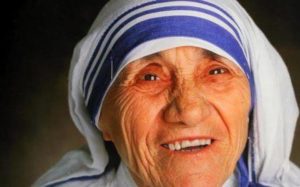
6. She was recognized by the church as a saint on September 4, 2016, and the anniversary of her death, which is September 5, is her feast day.
7. A controversial figure during her life and after her death, Teresa was admired by many for her charitable work.
8. She was praised and criticized for her opposition to abortion, and criticized for poor conditions in her houses for the dying.
9. Her authorized biography was written by Navin Chawla and published in 1992, and she has been the subject of movies and other books.
10. On September 6, 2017, Teresa was named co-patron of the Roman Catholic Archdiocese of Calcutta, alongside St. Francis Xavier.
11. Teresa was fascinated with missionaries from an early age, and by the age of 12, she knew that she would commit herself to a religious vocation.
12. Although she lived to be 87 years old, she never saw her mother or sister again after the day she left for Ireland.
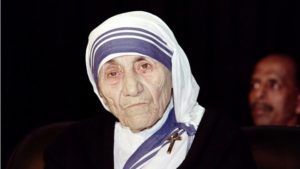
13. She took her vows as a nun in 1931, choosing the name Teresa to honor Saints Therese of Lisieux and Teresa of Avila.
14. Teresa began teaching history and geography in Calcutta at St. Mary’s, a high school for the daughters of the wealthy. She remained there for 15 years and enjoyed the work, but was distressed by the poverty she saw all around her.
15. In 1946, Teresa traveled to Darjeeling for a retreat. It was on that journey that she realized what her true calling was: “I heard the call to give up all and follow Christ into the slums to serve him among the poorest of the poor.”
16. It took two years of preparation before she was able to begin doing the work that she felt compelled to do. She needed to receive permission from the Sisters of Loreto to leave the order, while retaining her vows, as well as permission from the Archbishop of Calcutta to live and work among the poor. She also prepared by taking a nursing course.
17. In 1948, Teresa set aside her nun’s habit, adopting instead the simple sari and sandals worn by the women she would be living among, and moved to a small rented hovel in the slums to begin her work.
18. Her first year in the slums was hard. She was used to a life of comparative comfort, and now she had no income and no way to obtain food and supplies other than begging. She was often tempted to return to the convent life, and had to rely on her determination and faith to get herself through it.
19. One of her first projects was to teach the children of the poor, drawing on her experience with teaching the rich children. She didn’t have any equipment or supplies at the time, but she taught them to read and write by writing in the dirt with sticks.
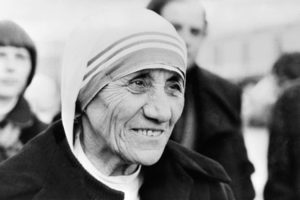
20. In addition to promoting literacy, Teresa taught the children basic hygiene. She visited their families, inquiring about their needs and helping provide for them when she could.
21. She refused the traditional Nobel honor banquet, instead requesting that the $192,000 budget be given to help the poor of India.
22. For most of her life, Teresa helped the poor. However, contrary to popular belief, she herself wasn’t born into a poor family. Her family was financially secure and owned two houses.
23. In 1982, at the height of the Siege of Beirut, she rescued 37 children trapped in a front line hospital by brokering a temporary cease-fire between Israel and Palestine. Accompanied by Red Cross workers, she traveled through the war zone to the destroyed hospital to evacuate the young patients.
24. In Gallup’s yearly poll, Americans voted Mother Teresa as one of the 10 most admirable women 18 times.
25. Mother Teresa is believed to have performed at least two miracles during and after her life. In 1997, she healed an Indian woman, Monica Besra, who suffered from a stomach tumor. In 2008, Brazilian man Marcilio Haddad Andrino recovered from multiple abscesses in his brain after he prayed to a relic of Mother Teresa.
26. Mother Teresa and Princess Diana were friends. During their last meeting in 1997, they prayed together, walking hand-in-hand through the streets of New York City. It was just a few weeks before they both died.
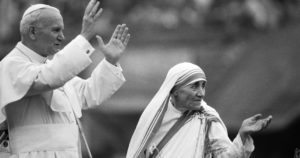
27. During her humanitarian missions, Teresa suffered from numerous diseases and injuries. She had pneumonia, malaria, suffered two heart attacks, and even broke her collar bone.
28. After her death, Teresa’s letters revealed that she spent almost 50 years in a crisis of faith, sometimes even doubting the existence of God. The crisis began around 1948, soon after she began serving the poor in Calcutta and lasted until her death in 1997.
29. Mother Teresa was fluent in five languages: Bengali, Albanian, Serbian, English and Hindi. She also visited a number of countries during her humanitarian missions, including Mexico, Sri Lanka, Australia, Tanzania and many more.
30. Mother Teresa’s canonization was attended by about 1,500 homeless people from across Italy who were transported and given seats of honor at the ceremony held in Vatican City.

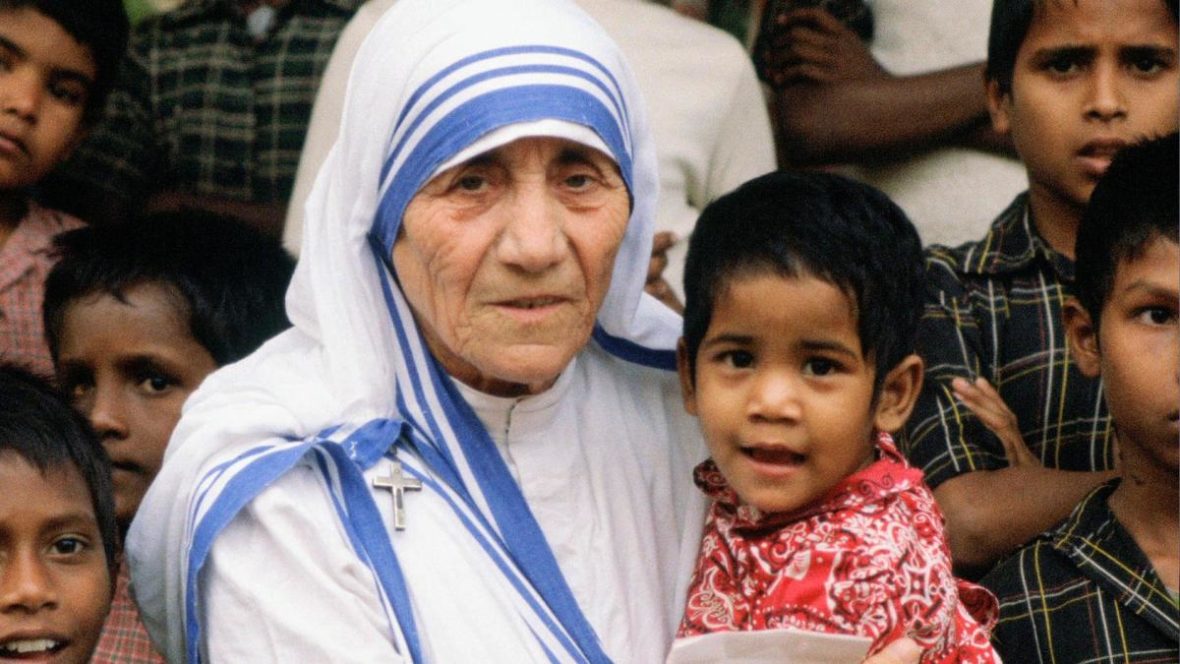

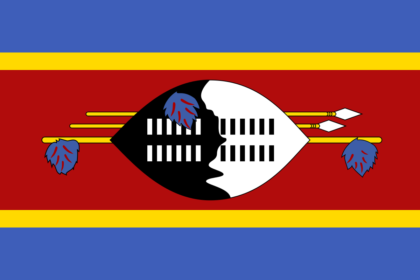

One Comment
Pingback:
July 5, 2018 at 2:55 pm